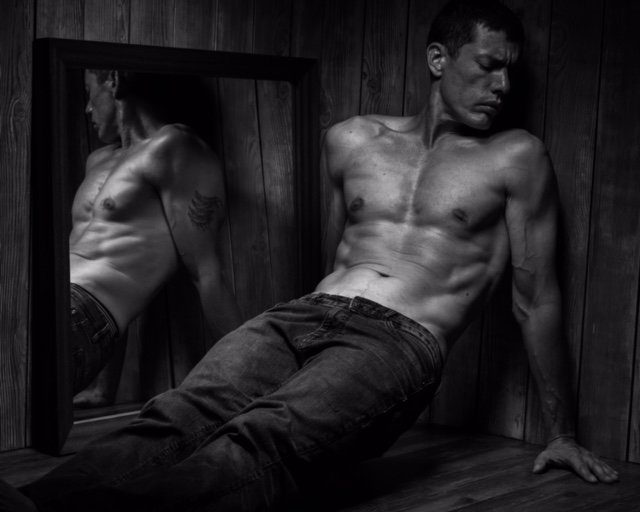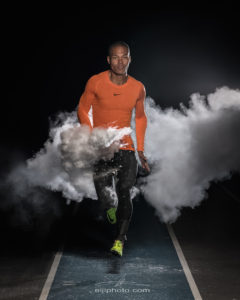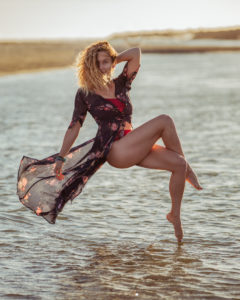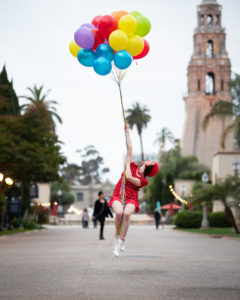Photo Credit Above: Eijiphoto
Season 5 – epiBLOG 22:
Images make us smile. Laugh. Perhaps even cry. Sometimes they move us. Inspire us to be better versions of ourselves.
Life can often feel like it confiscates time from us, but pictures provide the experience to re-live moments all over again—even if it’s just through our eyes and memories.
Photography is an art form. We forget because our readily-available cameras are always just an unlocked cell phone click away; we take pictures for granted.
How we forget about the talent, honed skills, artistic choices, and keen eye it takes to capture the most phenomenal image at any given time.
Today’s topic is my interview with talented Photographer Eiji Fuller.
This is a special edition of the Successful and Professional Artists Series, as Eiji is on the verge of converting his photography business Eijiphoto into full time status. Normally, the requirement to be featured as an artist in this blog is that you are already doing your art full time.
However, I feel like there is something to learn from someone who is right on the brink of making that happen—especially as an artist. I’m honored to have interviewed Eiji and that I get the opportunity to share his story with all of you.
Eiji Fuller is a San Diego-based photographer who does portraits, headshots, street, live music, landscapes, boudoir, and the most recent addition to his repertoire… levitation photography. He is also the official photographer for Xocal Natural and the Xocalgold Goddess 2019 Bikini Calendar. How amazing is that?
He has accomplished so much in the period of time since choosing to be a photographer. Here is a story of a man with talent, and the ambition that constantly reveals his greatness.
Nitara O: When did you know that you wanted to create a professional photography career? And what is the story that led to you making that decision?
Eiji F: It was nearly two years ago. I was actually pursuing another career in firefighting that didn’t fit me, but I put in a crazy amount of effort into it.
Nitara O: I would’ve never guessed that.
Eiji F: Yeah, crazy, huh? I spent almost four years training, being a volunteer firefighter, and going to a couple academies. The first academy that I was in was the Heartland Academy, and I graduated as the top recruit. Everything seemed awesome with my career track to become a paid firefighter. Nevertheless, throughout the process I knew I wasn’t super passionate about my career choice. But I wanted the job. I wanted the security of that job. I wanted the sense of “pride” of being a firefighter. That was very attractive to me. That recognition.
Nitara O: Recognition and accomplishment drive many of us.
Eiji F: Very true. And one of the main reasons why I was pursuing firefighting was because I burned out on my furniture and woodworking business.
Nitara O: You’re full of surprises. You had another business?
Eiji F: (smiling) Yeah, and that business was somewhat successful, but I was putting in so many hours… working alone all of the time… I just really got burnt out—especially with as much creative effort that I was putting into it and not getting enough of a return. Although I’m an extremely talented woodworker, I closed that business. I ended up “wandering” around, trying to figure out what to do next. That led me down the path to become a firefighter. The second academy that I was in I was picked up to go to San Diego as an open enrollee. Everything was going fine at this point, but a few days before graduation, I was pulled into the office and was told that I didn’t have the job. It felt like a kick in the stomach. It was surreal. It was a huge rejection for me.
Nitara O: How were you able to process that?
Eiji F: I didn’t really know how. I became depressed for a few months. My wife (at the time) told me to apply somewhere else. She encouraged me to go to paramedic school. I followed through, but when it came to taking the test, I knew that I didn’t really want to do that either. I wasn’t passionate. I didn’t want to face that rejection again. And I didn’t love it enough to go through that pain. I just didn’t continue. It wasn’t worth it.
Nitara O: So, this brings us to photography.
Eiji F: Right. I’ve been a hobby photographer since I was a teenager. My early teens. I love photography. And it was something that I was always interested in, but I didn’t always do it. Back then, I never thought about it as something that I could pursue. My mindset was that photography had to be done by the likes of people like Ansel Adams. It wasn’t anything that I thought I was good at in my own mind. I was just very interested in it and studied it.
Nitara O: And all of this was enough to make an impact on you later on in life?
Eiji F: Yeah, so getting back to the point when I was depressed after my rejection from fire academy—my brother had given me a DSLR camera for my birthday… a couple of years prior to that time. And I remember being depressed, sitting in bed thinking that this is the day that I need to do something. I have to do something active. I couldn’t let this rejection control my whole life. In the corner of the room on the nightstand was that Nikon DSLR camera. There was dust on it—hadn’t been used in a while. I picked it, packed up some lenses, and started walking around town. I started taking images of homeless people. Talking to them. Doing street portraits. That’s what started my Homeless Portrait series. Something in me changed with how I was perceiving people around me.
Nitara O: How so?
Eiji F: The images were just 120,000 % different than what I’d ever taken in my life. They just “spoke” to me. I started going out and taking photos of people. I would come home from an outing, put the card in the computer, and just be amazed that I was actually taking these [amazing] images. I became very enthusiastic about them. All that pain that I was feeling from being rejected from the fire academy started to go away. I was healing. I ended up being very passionate about what I was doing. Spent hours perusing YouTube tutorials. Started studying portraiture. Lighting techniques. I learned a lot, and it has helped me to create the art that I’m doing now.
Nitara O: What was the transition between discovering this passion to doing this professionally?
Eiji F: I saw the level of work that I could do. That I can do. I can take very high quality images. That somehow that what I was seeing and being able to capture was a lot different than what I was seeing on a regular basis. In the photography world. I felt that what I was doing was good, and with a little bit of self-training and self-studying, I would definitely be good enough to be a portrait photographer, so I started pursuing that.
Nitara O: That’s awesome! And I see you’re balancing a professional photography career and a day job. What is it that you do for a day job? And how do you create the time in your schedule for your photography clients?
Eiji F: For my day job… (chuckles) I’m back to woodworking. I work with a friend at a woodworking shop. We build cabinets and doors. And other things carpentry-related. Because of our arrangement, I get to set my own hours, while still putting in a full 40 hours a week. Most of the time I have a project that I’m doing on my own in the shop. I end up shooting throughout the week and the afternoons with my photography clients. The photography business can be difficult. As much as I love and appreciate my existing clients, I could definitely be busier.
Nitara O: Do you feel like your day job is a contributing factor in you not being busy enough to your standards?
Eiji F: I think it just takes time to grow a business. I’m making great connections, building my business, serving wonderful clients, and working a day job where I get to create as well.
Nitara O: You have it all. Creativity and security.
Eiji F: Exactly.
Nitara O: And your day job is another outlet for your creative expression.
Eiji F: Yeah, it’s not even something that I would give up even when I’m running my photography business full time. Woodworking, just like photography, comes very natural to me. It’s an area of gifting that I have and nourished. But I would like to do my woodworking as a hobby and do my photography full time.
Nitara O: Eiji, it’s been a real pleasure! You’re super talented. I enjoyed this interview and the photo shoot that I did with you. Your work is absolutely breathtaking and phenomenal. I want to thank you for being open, vulnerable, and for sharing with all of us.
Eiji F: It was my pleasure. I hope this story inspires other artists to move forward with their dreams despite their circumstances.
Nitara O: I’m certain it will.
Today’s LESSON is to be open to looking at different ways to carry out your dream.
FUN ASSIGNMENT: What is the ONE step that you can take that can move you closer to your career goals and/or dreams? Make it a point to take that step this week. Make magic happen with your dreams!
Eiji Fuller is a San Diego-based photographer who does portraits, headshots, street, live music, landscapes, boudoir, and levitation photography. Capture all of your proudest moments and fondest memories. Please contact Eiji Fuller Photography to schedule your photo shoot. (619) 750 – 3663. EijiPhoto.
Please contact Nitara Osbourne if you’re a full time artist, and would like to be interviewed in The UnCloseted Professor Blog or if you would like help developing your life story into a non-fiction book or movie script. InfiniteWriterAgency@gmail.com.







Share This
Share this post with your friends!